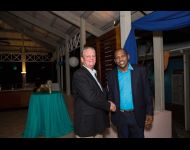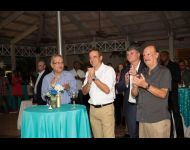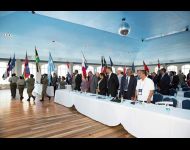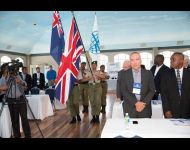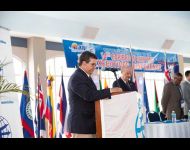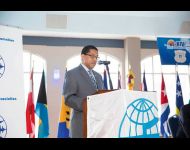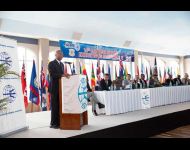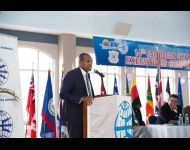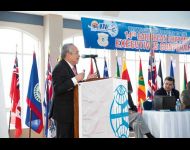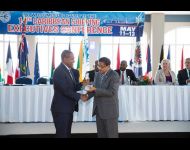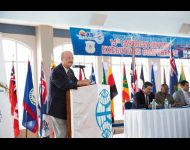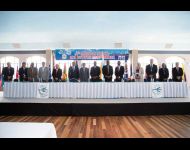Nicaragua Canal update
The project was due to get under way in December 2014. So why has there been so little activity to date?
Scrutiny
HKND Group – the Chinese company which has been awarded the contract to build the new canal – said in a company statement on 21 September that it had been “under international scrutiny” and that the project “had aroused heated discussions including positive expectations, objective considerations and also doubts and pessimism”.
In an interview, Pang Kwok Wai, executive vice president of HKND, said: “Nicaragua Canal is the largest civil engineering project in history. We must ensure project safety, a smooth resettlement program and environmental sustainability to promote Nicaragua’s social and economic evolvement for the benefit of its people. Therefore, we must step up our efforts in preliminary study and logistic support before kicking off major works. In this regard, HKND announced the commencement of access road construction last December, where we already completed upgrading of local roads leading to the port and lock on the Pacific side.
“In May we have completed the ESIA [environmental and social impact assessment] study and handed it over to the Nicaragua authority for their internal review and approval.”
Aerial survey
An aerial survey of the canal route and Lake Nicaragua shoreline is to be carried out by CSA Global, an international geological and resource consultancy based in Perth, Western Australia, which signed an agreement on 19 August with HKND Group at its head office in Hong Kong.
The survey consists of aerial mapping of topography, photography and geophysical and geological data. HKND senior adviser John Murray said: “The survey is a major step in the construction development process and supports pre-works planning, design and engineering for the canal and infrastructure.”
CSA Global will use advanced PPP (precise point positioning) technology to carry out the survey. The airborne laser radar is able to penetrate the dense forests and detect clearly the actual topography and surface water. When it is applied to the Lake Nicaragua section, the lakebed topography of 8.0 to 10.0 meters below the surface can be displayed with detail.
The survey will cover a 10 km wide swathe along the 276 km canal route and the 2 km wide circumference of Lake Nicaragua. The survey was expected to commence in September 2015 with completion by March 2016.
Issue 26 - October 2015 - January 2016
-
Harbour View
-
From the CSA President
-
Panama – new cranes for Manzanillo
-
Cartagena
-
Sail Cruising
-
Nicaragua Canal update
-
Cayman Islands
-
Port Lafito opening
-
Panama Canal update
-
Russbroker Caribbean market review
-
IT Investment
-
Contraband
-
CSA Diary - photo album
-
USA – new logistics center for Port Canaveral
-
Colombia – APM terminals in new joint venture
-
USA – new container terminal at Port Canaveral
-
Jamaica – KWL invests more
-
Cuba – cruise industry takes advantage of new political climate
-
Colombia – Puerto Bahía opens in Cartagena
-
Record passenger numbers for Carnival from New Orleans
-
Proposed Nicaragua Canal gets public vote
-
Panama Canal ‘on track for early 2016’
-
Tampa Bay gets security grant
-
Jumbo cruise ship heading to Florida
-
Clearing the Magdalena River
-
Boom in visitors to the region


